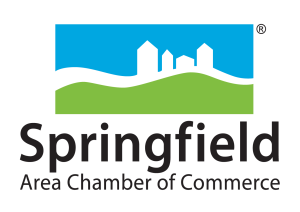KELOIDS
Keloids are firm, smooth, raised scars resulting from an overgrowth of dense fibrous tissue that usually develops after a skin injury has healed. They can arise soon after an injury or develop months later. The tissue extends beyond the borders of the original wound, does not usually regress spontaneously, and tends to recur after excision. Keloids may be uncomfortable, itchy, or even painful, and they may be much larger than the original wound. Keloids may form on any part of the body, though the upper chest, shoulders, and upper back are especially prone to them.
While most people never form keloids, others develop them after minor injuries, burns, insect bites, and acne spots. People with naturally darker skin tend to develop keloids more easily than those with naturally lighter skin. Those who have a family history of keloids also have a higher risk of developing them. Most people prone to keloids begin to develop them in their 20s, and the most prone ages to develop keloid scars are between 10 and 30 years of age. Children and the elderly rarely get a keloid when they scar.
HYPERTROPHIC SCARS
Hypertrophic scars look similar to keloid scars but are more common. As wounds heal, scar tissue forms, which is often red and somewhat prominent at first. Over several months, a scar should become flat and pale. Hypertrophic scars are characterized by red, raised fibrous lesions that typically do not expand beyond the boundaries of the initial injury. They most commonly form after thermal injuries and other injuries that penetrate the deep dermis.
Hypertrophic scars generally settle in time or with treatment, but keloids may persist and prove resistant to treatment. Keloid and hypertrophic scars are harmless to general health and do not form into skin cancers.
TREATMENT
Treatments that may help reduce keloid and hypertrophic scarring include silicone scar patches, topical application of vitamin E or K oil, and surgical removal (though keloids can be more difficult to get rid of, and removal may result in a new keloid even larger than the original one). DermaHealth offers Kenalog treatment, a corticosteroid injection that reduces the actions of chemicals in the body that cause inflammation, helping to reduce the size and appearance of keloid and hypertrophic scars. The length of treatment and dosage of Kenalog vary depending on the type, size, and severity of the scar.
For more information and to see if you are a candidate for keloid and hypertrophic scarring treatment, schedule a complimentary consultation with us today.






